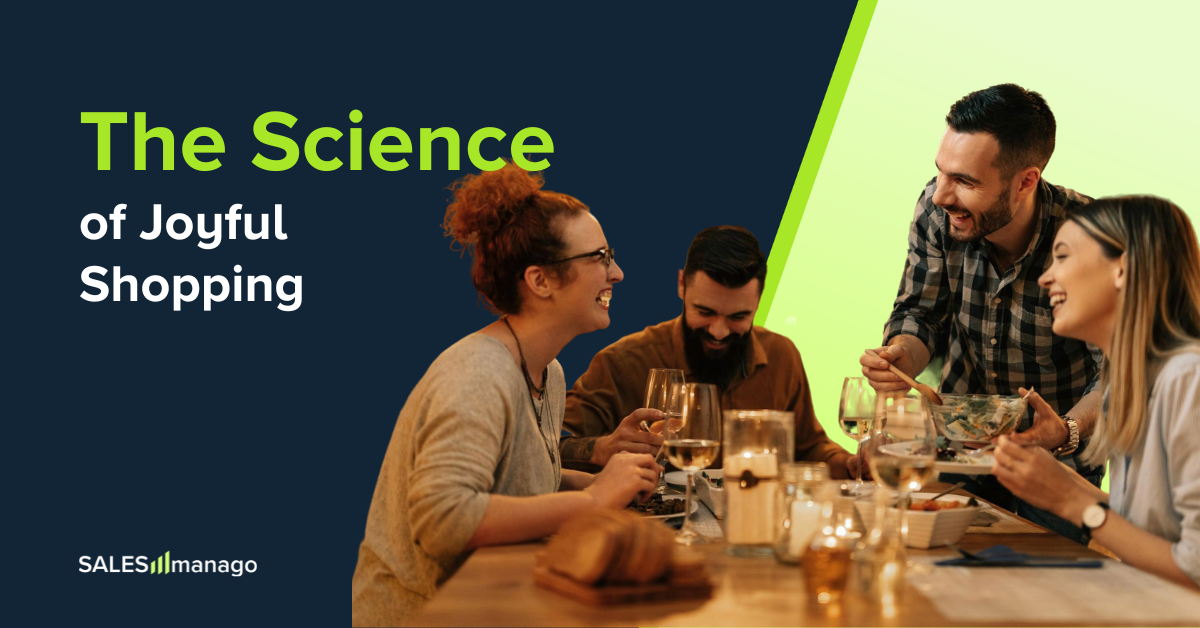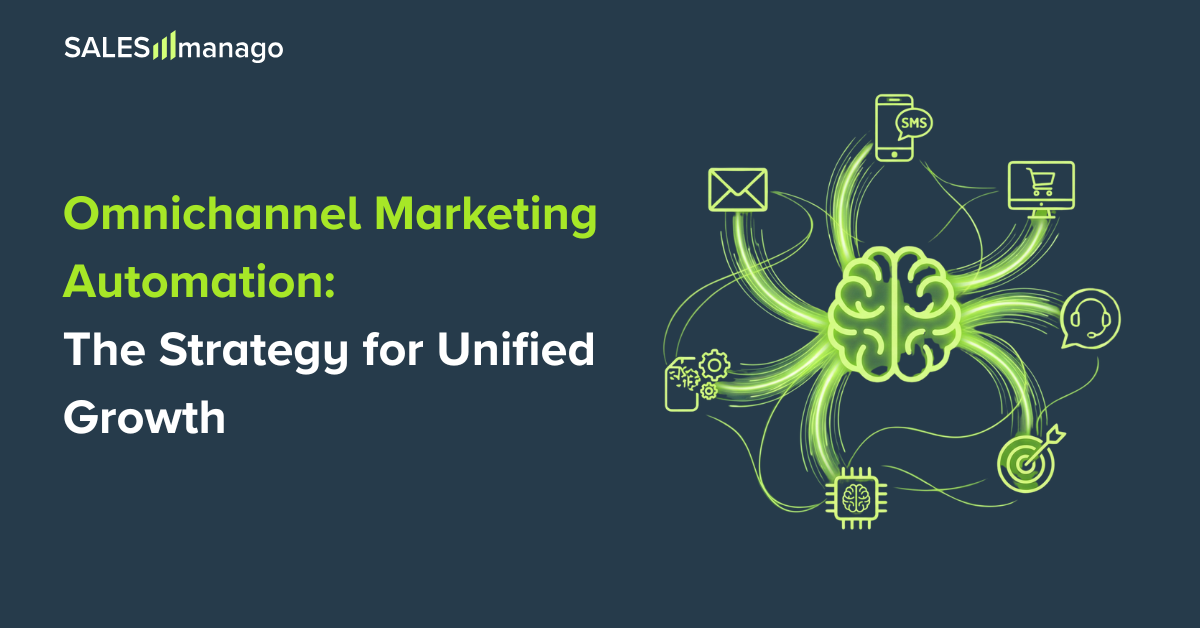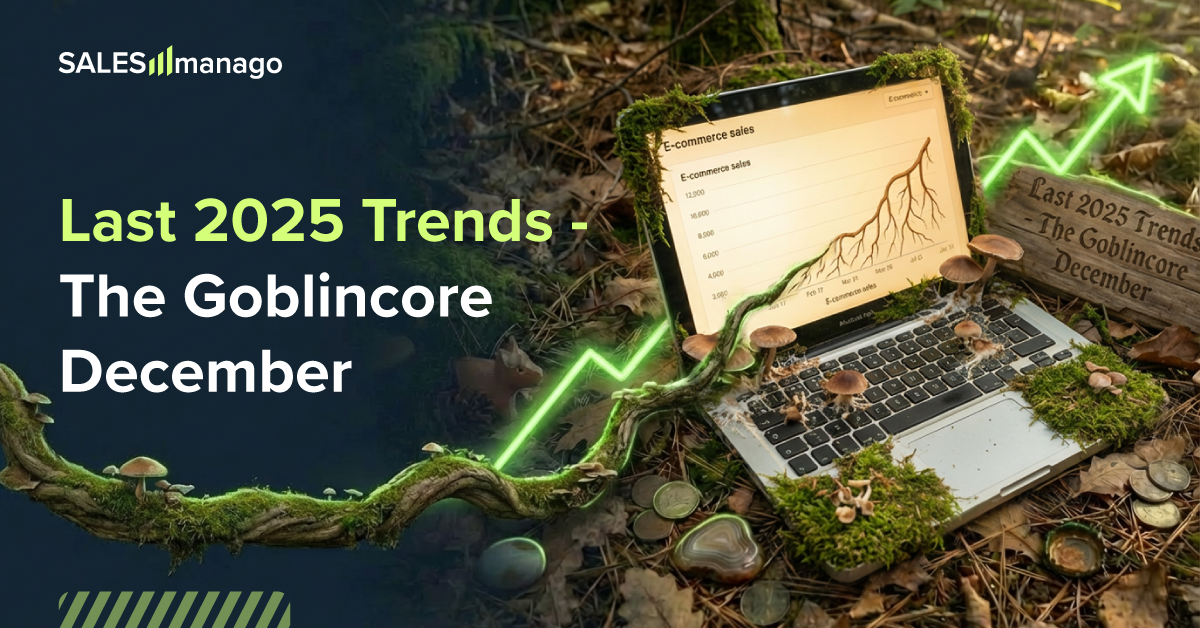
We often talk about conversion rates, AOV, and CLV in the world of eCommerce. These metrics are undoubtedly important. But what if we shifted our focus slightly, drawing inspiration from a seemingly unrelated field … like the science of happiness?
Intrigued? I was too, after reflecting on the insights from the World Happiness Report. Each year, the report ranks countries by how satisfied their citizens feel. The usual suspects—Finland, Denmark, Iceland—dominate the top. But here’s the surprise: Beyond GDP and employment, one factor is just as strongly linked to national happiness as income.
Dining with others.
That’s right. Eating together—simple, communal, human—is as powerful a predictor of happiness as money. It’s not the meal. It’s the experience. The togetherness. The trust.
As someone immersed in digital commerce and customer experience, this insight struck a chord. It offers a clear, research-backed lesson for how we design online shopping:
If we want people to feel connected to brands, we need to build more human, social, and emotionally intelligent platforms.
Think about it: A positive and fulfilling online shopping experience isn't just about acquiring goods or services, it's about the journey, the events, the adventure. Just as dining with others is as closely tied to happiness as income, engaging with an online store should feel less like a cold transaction but more like a positive interaction.
Here are a few ways we can leverage the principles of happiness to create better experiences within the SALESmanago ecosystem and beyond:
Making Shopping Social Again
In-store shopping has always been social. You go with friends, try on outfits together, get instant feedback. Online? It’s mostly a solo mission.
Solution? Build social commerce experiences—shared wishlists, group shopping sessions, live chats, or AI that mimics the feedback loop of a friend. Think digital fitting rooms, co-shopping via video, or shopping with influencer guides.
Building Trust & Transparency
The Happiness Report also finds that societal trust—the belief that someone would return a lost wallet—is a top happiness driver. In eCommerce, trust is a conversion driver. And increasingly, it’s emotional.
Try to design transparency into your customer journey. Verified reviews, ethical use of data, visible sustainability practices, and smooth returns build emotional loyalty. Social Proof can also help here—showcase genuine customer reviews and testimonials prominently. Integrate these into your email marketing and website using SALESmanago's dynamic content features.
And lastly, offer accessible support: Ensure your customer service channels are easily accessible and responsive. Prompt and helpful support builds confidence and trust in your brand.
Empowering Freedom & Choice
While SALESmanago excels at personalised recommendations, ensure visitors have control over their preferences. Allow them to customise what they see and receive, fostering a sense of agency. Emotional personalisation is the future—try focusing on how users feel and not only what they click. We talked about deep behavioural personalisation when introducing Product Collections.
Tools like a Customer Data Platform can move beyond behavioural tracking to context-aware messaging—recognising not just what someone is browsing, but why and how they’re engaging.
Focusing on Well-being & Positive Interactions
Deliver content that goes beyond product promotion. Offer valuable insights, tips, or inspiration related to your products or industry. This adds value and fosters a positive association with your brand.
People remember how they felt more than what they bought. Great experiences—whether a playful unboxing, seamless checkout, or surprise gift—create long-term bonds. Map out your customer journeys in SALESmanago and identify opportunities to inject moments of delight.
And if your brand aligns with ethical or sustainable values, communicate this clearly through your marketing efforts. This can resonate with customers who prioritise these values and contribute to a sense of purpose.
The Takeaway
We often ask: How do we increase AOV, reduce churn, boost loyalty?
The real question is: How do we make people feel good?
By shifting our perspective from purely transactional interactions to creating more human-centred and positive experiences, we can cultivate happier customers. And happy customers, as the World Happiness Report subtly reminds us, are often more loyal, engaged, and ultimately, contribute to sustainable business growth.
Latest posts

6 Trends Shaping the Future of eCommerce in 2026
Every few years, eCommerce shifts in a way that forces leaders to rethink almost everything they have known so far. And 2026 feels like one of those years. We are now facing an unprecedented change caused by spreading AI solutions across all industries and markets. Every year, AI becomes more and m...

Omnichannel Marketing Automation: The Strategy for Unified Growth
The modern eCommerce marketer is caught in a difficult paradox. You are expected to deliver a seamless, relevant experience for every single customer—true 1-to-1 personalisation—yet you are often armed with a fragmented stack of tools that treat your customers like rows in a spreadsheet.

Last 2025 Trends - The Goblincore December
If you have spent any time on social media recently, you might have encountered the term "Goblincore." It is an aesthetic and a mindset that rejects the polished, minimalist perfection of modern life in favour of the chaotic, the cozy, the earthy, and the comfortably "ugly." It is about burrowing into a pile of blankets, collecting shiny trinkets,...
